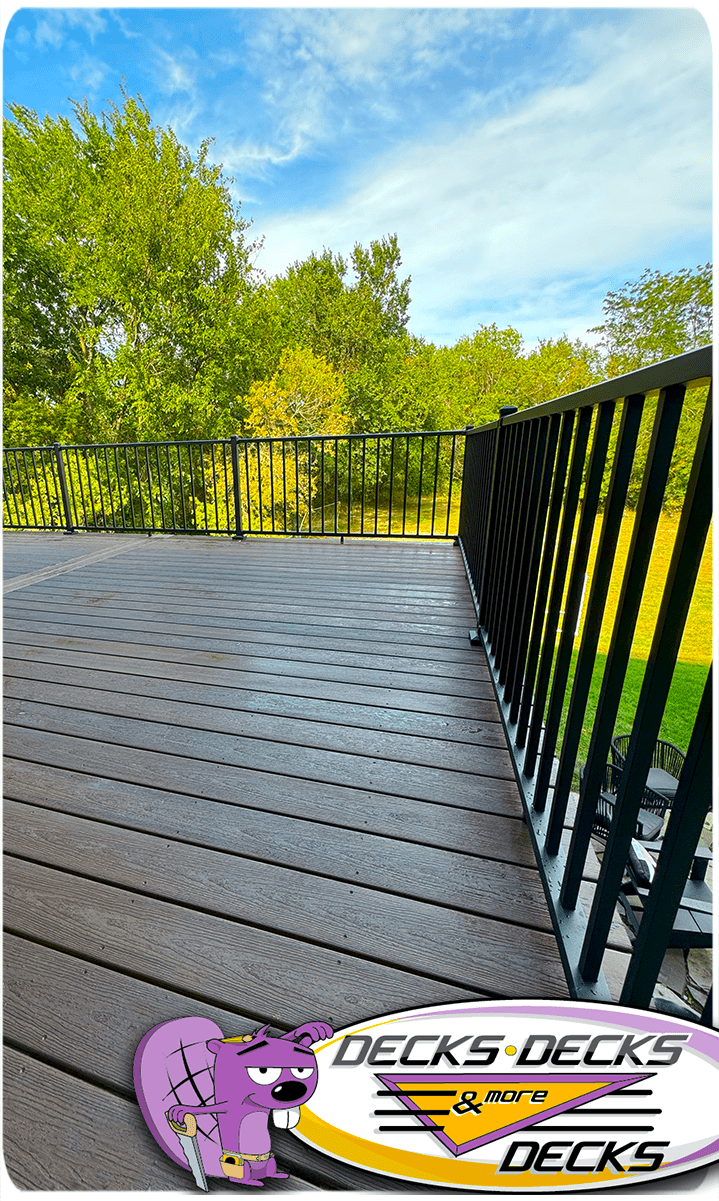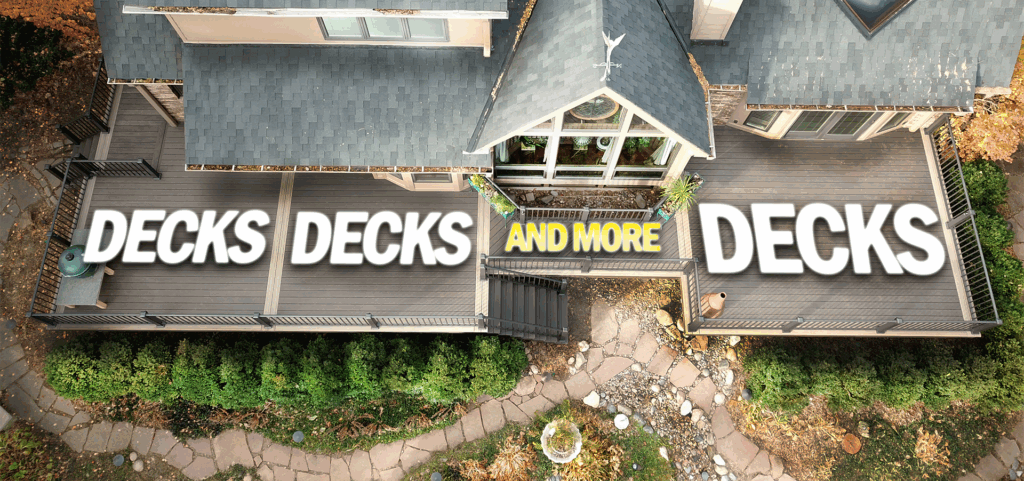Why Most People Build Decks at the Wrong Time of Year
If you’re like most homeowners, you probably think spring or early summer is the time to build a deck. Birds are chirping, the sun is out, and you’re dreaming of backyard barbecues.
But here’s a little secret from the pros: by the time the warm weather hits, it’s already too late.
Let’s break down why spring and summer might actually be the worst times to start your deck project—and when you should be planning and building instead.
1. Everyone Else Has the Same Idea in Spring
Spring is when homeowners rush to book deck contractors—and the surge is real. That means:
- Longer wait times
- Busier schedules
- Higher demand (and sometimes higher pricing)
- Your deck might not even be done by summer
By the time your project is approved, scheduled, and built… you’re looking at late summer or even fall before it’s ready.
2. Fall and Winter Are the Industry’s Best-Kept Secrets
While most people are raking leaves or putting up holiday lights, smart homeowners are building their decks. Why? Because:
- Contractors have more availability
- Permit offices are less slammed
- Material prices may drop during the off-season
- You beat the rush before the next warm season
Fall is the perfect time to start planning and designing. Winter is ideal for builds (yes—even in cold climates).

3. Yes, You Can Build a Deck in Cold Weather
Many people assume that winter weather makes deck building impossible. Not true. As long as the ground isn’t frozen solid, experienced builders can still dig, pour footings, and construct solid decks.
In fact, some advantages of winter builds include:
- Frozen ground = less lawn and landscaping damage
- No humidity = better material stability and curing
- Less disruption to your spring/summer activities
Just make sure you hire a contractor who’s equipped for winter work—they’ll know how to adjust for cold temps and ground conditions.
4. More Time = Better Design
When you start planning in fall or winter, you’re not racing the clock. That gives you more time to:
- Explore materials and decking options
- Finalize permits and designs
- Incorporate extras (lighting, built-ins, drainage, etc.)
- Avoid last-minute regrets or rushed decisions
Building a great deck isn’t just about hammering boards—it’s about smart planning. Off-season gives you breathing room.
5. Enjoy Your Deck From Day One of Spring
The biggest win? When your deck is done before spring hits, you get the entire season to enjoy it. No waiting. No sawdust. Just backyard bliss from the very first warm weekend.
Final Thoughts: Build Smart, Not Seasonal
If you’re waiting until spring to start your deck project, you’re already behind. Fall and winter are the real MVPs when it comes to smart scheduling, better availability, and faster turnarounds.
So while your neighbors are still calling around for quotes in May… you’ll already be out back with your feet up and a drink in hand.
Pro tip: Planning starts now. Reach out early, lock in your design, and let the crew work their magic while the weather’s cool.
 free estimates: (402) 690-1050
free estimates: (402) 690-1050

